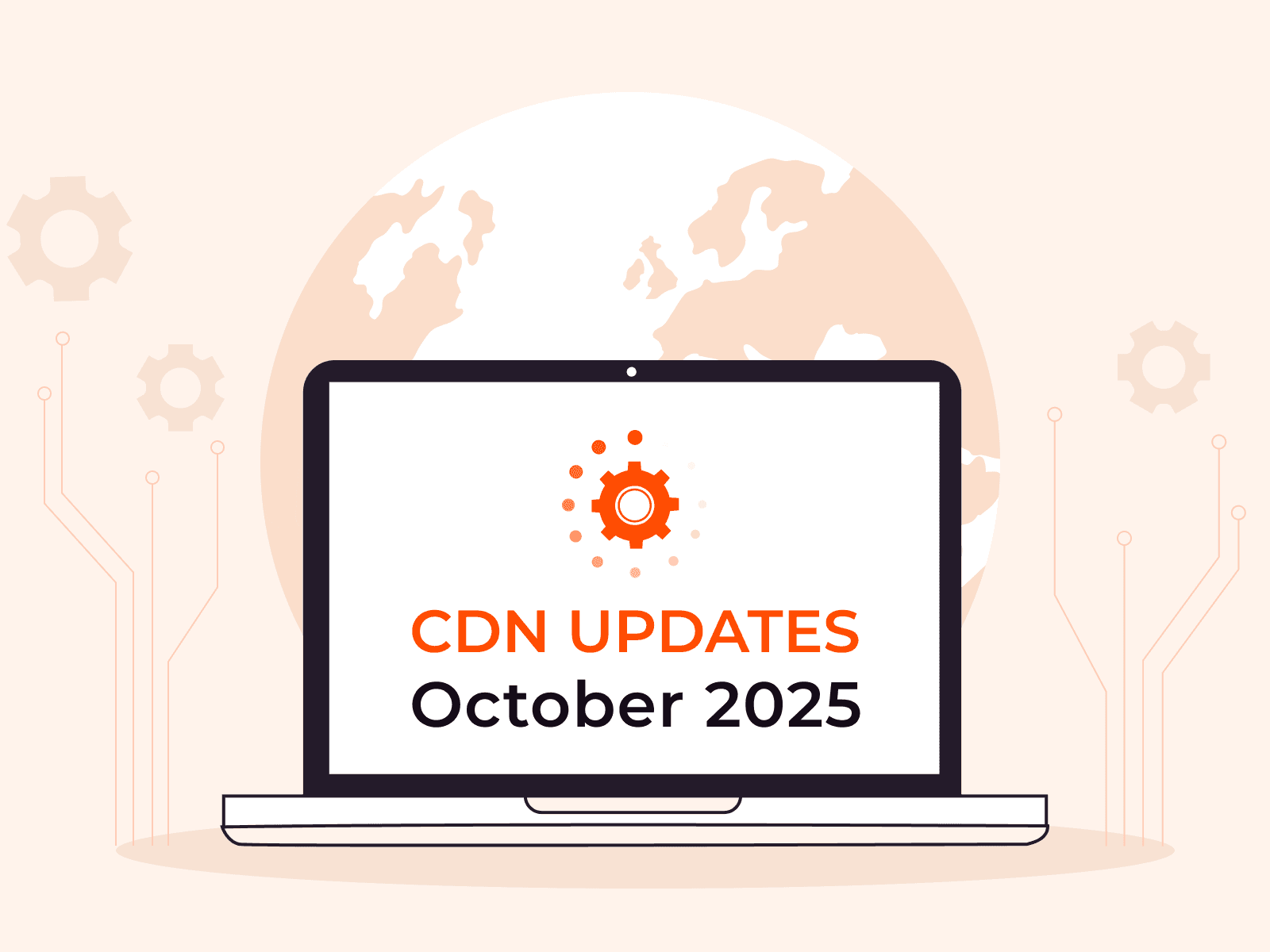Introducing New Gcore CDN Features: Purge History and Status Code Scheduling
- May 20, 2024
- 2 min read

We’re excited to introduce two new CDN features developed to make resource administration easier and more convenient. Firstly, the Purge feature has been extended with a new Purge history section, which gives you insight into the status of the purge requests as well as the payload and type of request that was issued. Secondly, Status code answers now offers a scheduling mechanism for more convenient, time-based access control. Let’s delve deeper into these exciting developments.
Purge History
Cache purge is one of the essential functions of CDN. To deliver the freshest content to your end-users, you need to specify the resource and parameters of the content that should be removed from the edge local cache and then initiate the purge.
Purge history makes this process more transparent and easier to manage. Even if you operate multiple resources with different configurations, Purge history displays all your requests in one place. The history table contains information about request time, CNAME, request type, request status, and content parameters.

You also can use this functionality via API; just send a request to the appropriate API endpoint. Learn more about API calls for this feature in our API docs.
Purge history is currently available in open beta mode.
Status Code Scheduling
Implementing status code answers is an effective and straightforward method for managing access to content via a CDN. This allows you to set up redirects to other URLs or return a 403 status code to restrict access when necessary.
Today, this functionality is receiving a significant enhancement with the addition of a time scheduling mechanism. This new feature is part of the CDN’s time-based access management, enabling you to set up redirects or block content entirely during specified time frames.
This mechanism can simplify CDN operators’ work in numerous scenarios. For instance, if regulatory restrictions in a particular region prevent specific content from being available after 10 PM, you can easily configure these parameters to return a 403 status code, blocking access.
This feature is also useful for planned website maintenance. If your site will be unavailable from 11 PM to 4 AM, you can set up a 301 redirect in advance, rerouting traffic to another URL during the maintenance period.

Choose how you want to set up status code timing:
- In the Gcore Customer Portal, either:
- Using the feature settings within the “Status code” section.
- By creating an edge rule with these parameters. Learn more in our dedicated Product Documentation.
- Via API calls. Learn more in our API docs.
Discover Gcore CDN
These two new features represent our commitment to make Gcore CDN more friendly for DevOps engineers and infrastructure administrators. We continue to work on the functionality of all our services so they’re convenient and intuitive for our customers.
To benefit from these features, simply activate Gcore CDN. We offer a free-forever plan, customized enterprise plans, and everything in between. With 180+ points of presence strategically located in 85+ countries, your content reaches your audience fast—no matter where in the world they’re located.
Related articles
Subscribe to our newsletter
Get the latest industry trends, exclusive insights, and Gcore updates delivered straight to your inbox.






